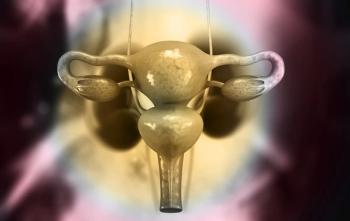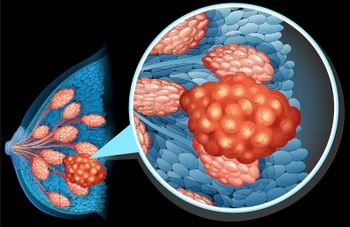
All Peritoneal Carcinomatosis Populations Could Benefit From PIPAC
According to Benjamin J. Golas, MD, PIPAC could be used as a bridging therapy before surgical debulking or between subsequent large surgical operations.
Benjamin J. Golas, chief of Surgical Oncology and gastrointestinal oncologist at the Central Region of Hackensack Meridian Health, discussed whether any patient subgroups or demographics would derive enhanced benefit with pressurized intraperitoneal aerosolized chemotherapy (PIPAC), a minimally invasive chemotherapy regimen, in an interview with CancerNetwork®.
He began by suggesting that any patient with carcinomatosis, particularly peritoneal carcinomatosis, could potentially experience benefit with PIPAC, highlighting its relatively recent emergence in the US. Golas further highlighted indications where PIPAC could be an option, stating that patients who may not be physiologically able to undergo an intensive surgical procedure may benefit from its use. He further emphasized its straightforward delivery and minimal interruption to a patient’s life.
Golas then stated that PIPAC can be used as a bridging therapy in patients who might not currently be a candidate for cytoreductive surgery (CRS) or hyperthermic intraperitoneal chemotherapy (HIPEC), but who might be a candidate for surgical debulking at a later point in time. He concluded by suggesting that the procedure may also be used as a bridging therapy for patients who experience early recurrence in between scheduled CRS or HIPEC procedures who may need an option to get them to subsequent intensive surgery.
Transcript
Any patient with carcinomatosis from any source should be considered a candidate for PIPAC. The procedure certainly is relatively new in the [US]. It’s [currently] being used in Europe. We’re still learning the correct patients and indications, but any patient with peritoneal carcinomatosis is theoretically a candidate for PIPAC.
It’s particularly useful in patients who are not in a physical condition to undergo a big procedure like CRS and HIPEC. That’s a major abdominal surgery, and if patients are too deconditioned from either their cancer or from their treatment, and they’re not going to withstand a large surgical procedure, PIPAC is particularly useful in that setting because it is much less of a physiologic load for the patients afterwards to recover from. It’s relatively straightforward with little [interruption to] day-to-day life.
It definitely has a lot of utility in patients who may not currently be a candidate for CRS and HIPEC, and we’re [currently] using it in people to bridge them to potentially [undergoing] a surgical debulking down the road. Another area we found is [when] patients undergo repeated CRS and HIPEC, they need time in between operations to recover and regain their strength. If someone currently had a CRS-HIPEC, they had a relatively early recurrence, and they’re not exactly ready for a repeat surgery, we can use PIPAC in that setting to buy them some time and try to bridge them to a more definitive surgical debulking.
Newsletter
Stay up to date on recent advances in the multidisciplinary approach to cancer.



















































































